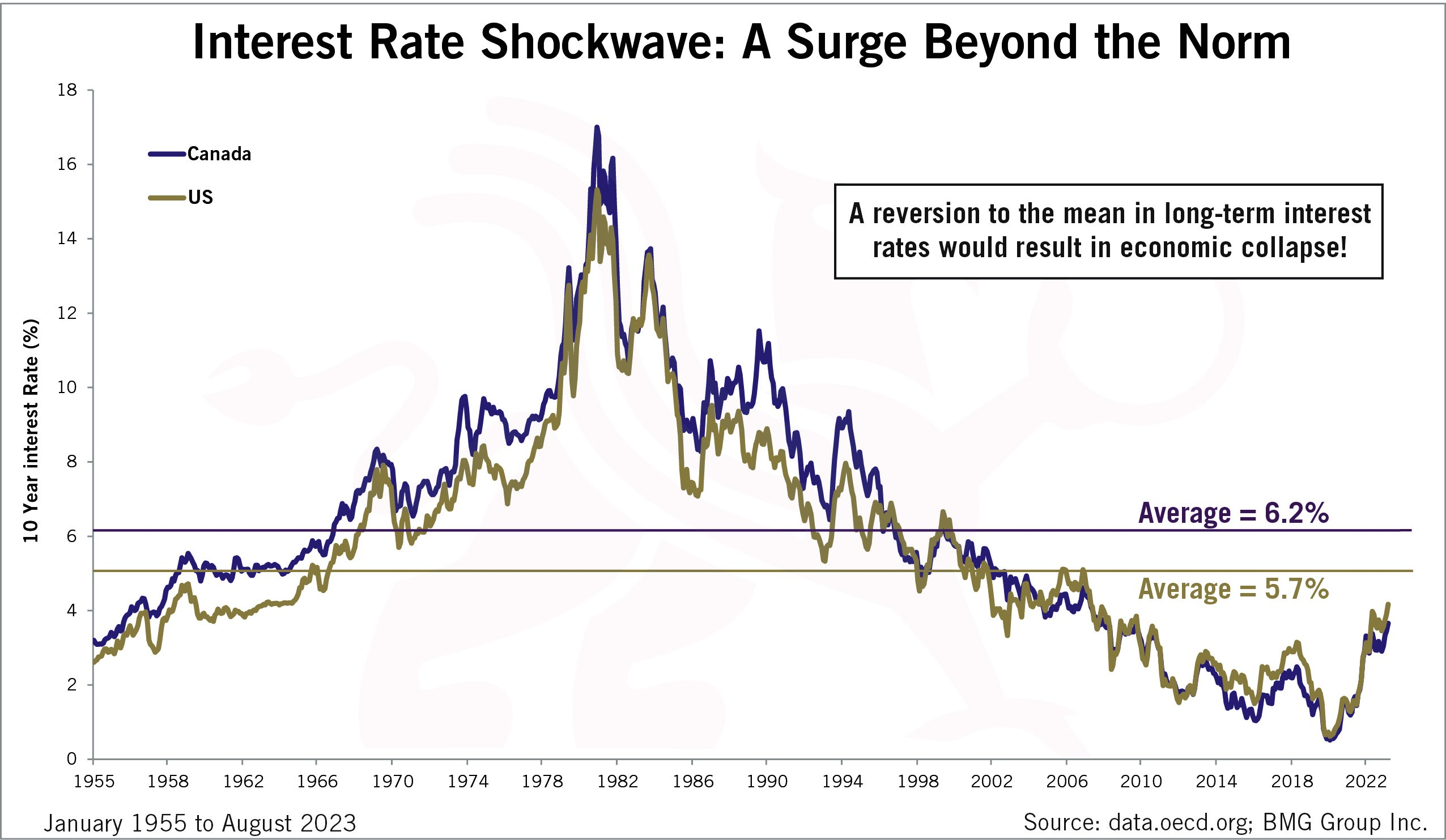If Morgan Stanley Is Right, The World Is Now in A Recession
The comments below are an edited and abridged synopsis of an article by Tyler Durden
Morgan Stanley’s chief US equity strategist Michael Wilson writes that he sees an increasingly risky business environment.

On June 14, the Morgan Stanley Business Conditions Index suffered its biggest one-month drop in history. Wilson wrote, “data points and analyst sentiment are falling, and we think PMIs and earnings revisions are next.”
This index has a tight relationship with ISM new orders and analyst earnings revisions breadth. Analysis shows downside risk to ISM new orders, S&P earnings revisions breadth and the S&P 500 if historical links hold. If Morgan Stanley’s indicator is right, the world is already in a recession.
Morgan Stanley cautions that “we now expect a fall of approximately 10% for the major indices with wide dispersion between stocks and sectors.”
There are several other indicators suggesting the NBER will determine the recession started in the first half, starting with Morgan Stanley’s US Cycle indicator, which moved into the downturn phase in April.
Additionally, the Morgan Stanley Leading Indicator is not only screaming earnings recession with a negative print for the first time in four years but shows no sign of bottoming.
More worrisome is that the strongest component of the US economy, the labour market, is starting to be affected too, with both small and medium companies posting a sharp drop in employment growth.
Wilson notes that the Fed has tightened a lot since 2014. The current tightening cycle has hiked not by 2.25% (or nine times), but by a whopping 6.25%!
Wilson repeats what he previously noted, namely that the 3M/10Y yield curve inverted all the way back in November. And as a reminder, it is the subsequent steepening that crushes markets. The inverted curve has now bottomed.
But before that happens, the VIX has to catch up to the 36-month leading yield curve. As per everyone’s favorite VIX-Yield curve correlation chart, the VIX will peak somewhere around 40 before it starts normalizing again.

